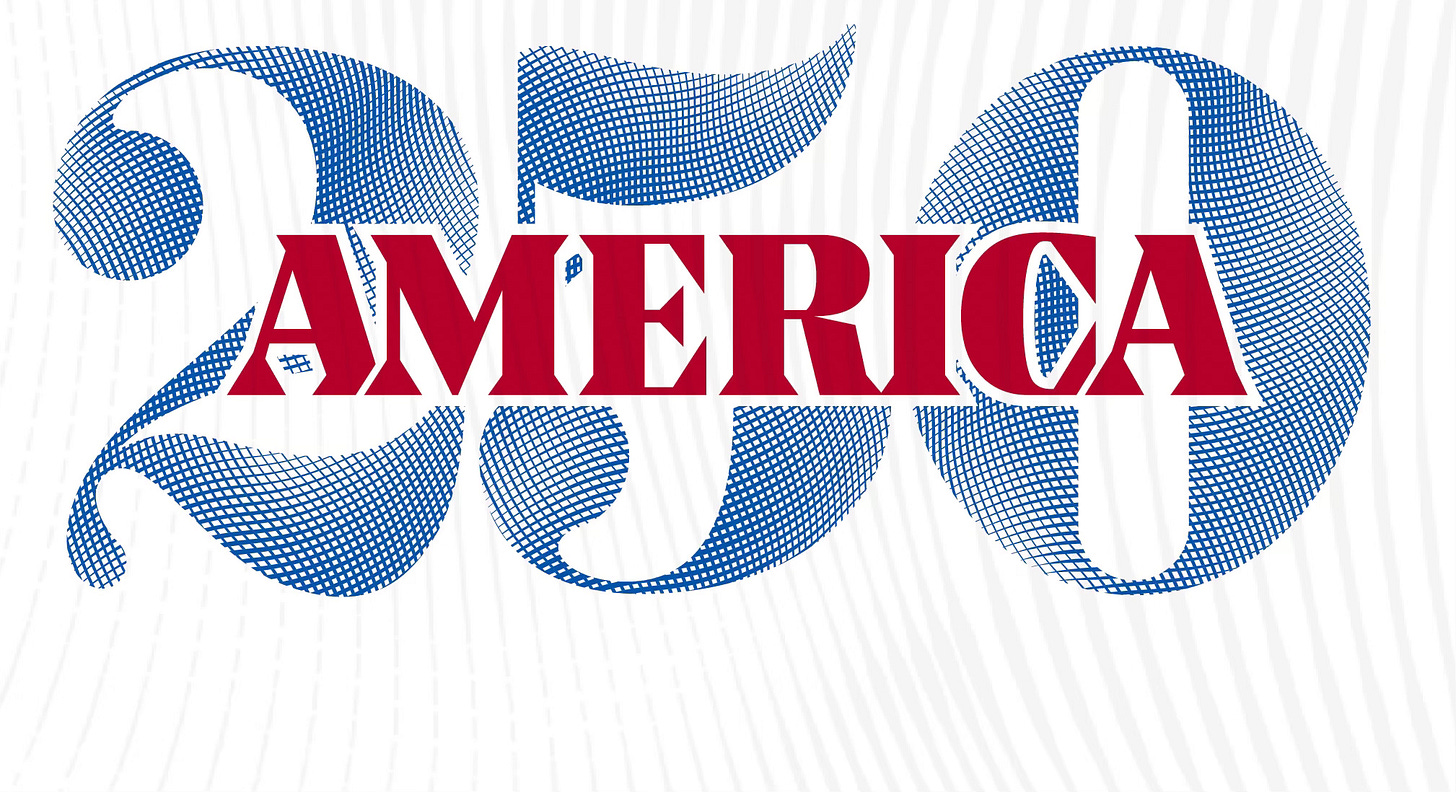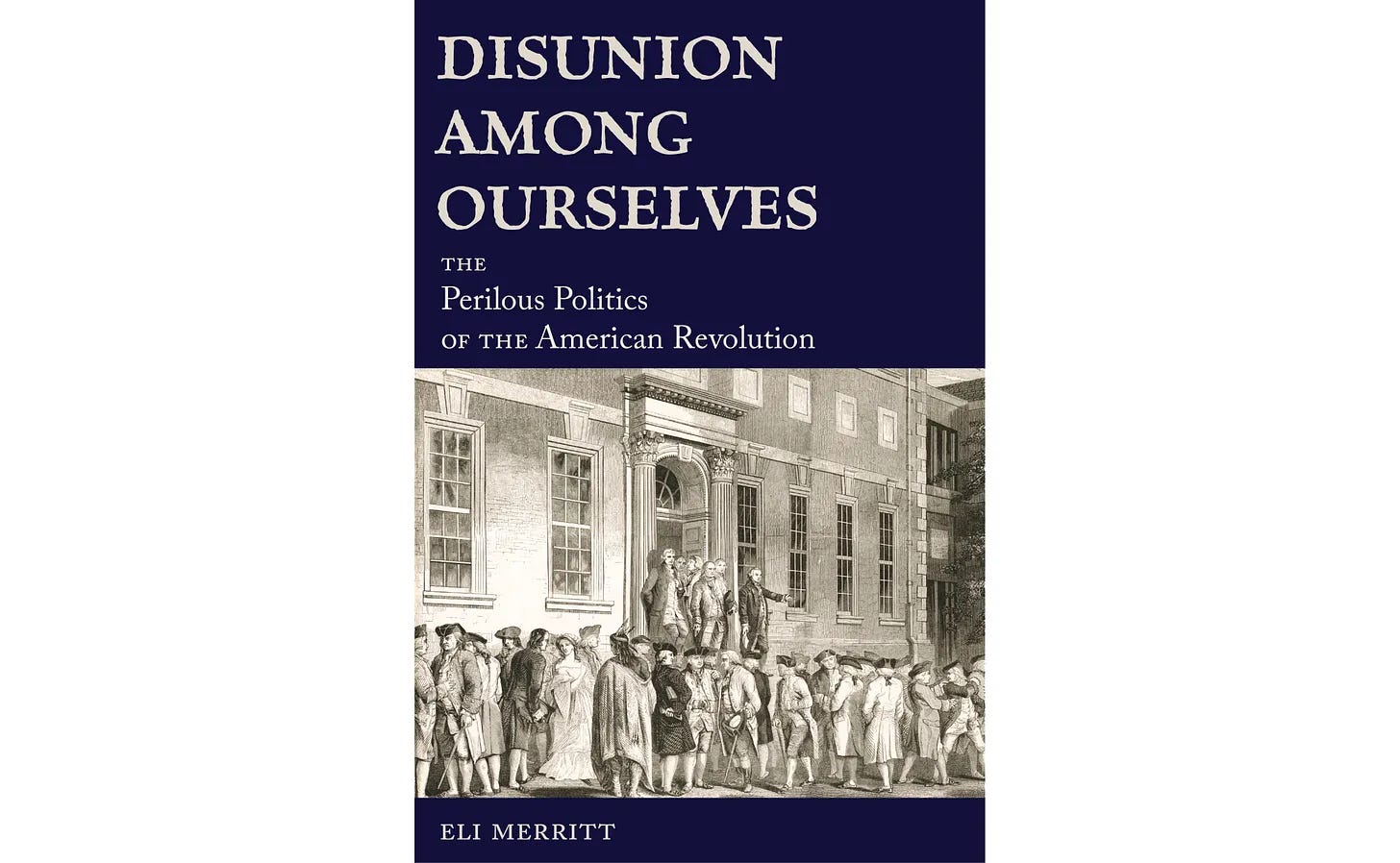Refusing to Accept Second-Class Citizenship
Resistance leader John Dickinson wields his pen against abuses of the Constitution
In the 1760s John Dickinson of Pennsylvania refused to be treated as a second-class citizen.
Englishmen of his stature and land ownership who lived across the ocean in the British Isles were represented in Parliament. Therefore, they were constitutionally bound to submit to the taxes imposed upon them by the empire’s central legislative body.
Dickinson and the other white male land-owning voters in the thirteen colonies, on the other hand, were represented by their colonial assemblies.
That was the political rub. That was the crux.
Only their colonial assemblies, and no other authority in the world, could tax them. It had been this way for a century and a half in America, and it was an established principle of English constitutional law extending back to the Middle Ages.
Now, imperiously, the Parliament laid down a stamp tax on the colonists. For the first time, Americans were expected to hand over tax money without voter consent.
The hidden reasoning for this sudden shift in policy was not hard to fathom: Haughty MPs in London viewed Americans as second-class citizens. They must submit to the will of Parliament—the supreme power of the realm, the arbiter of last resort—or else invite royal discipline.
Not a bone, not a vein, not a hair on the body of John Dickinson, however, could possibly consent to this specious nonsense. The proud, whip-smart lawyer considered himself equal to voters in England in every regard, and he could not possibly submit to such a gross violation of “the principles and spirit of the British Constitution.”
Parliament adopted the Stamp Act in March of 1765, but it would not take effect until November 1. That gave Dickinson and the other colonists a half year to force a repeal of the bill in order to avert a constitutional crisis of unknowable ultimate consequences.
The British Argument
To British officials, the Stamp Act was both a practical solution to a pressing financial need and an opportunity to show the colonists who was sovereign—who held the power and authority.
Not surprisingly, Parliament imposed the tax shortly after the conclusion of the costly Seven Years’ War that won for the empire—and for the colonists—the vast American territory lying west of the Appalachian Mountains to the Mississippi River.
Someone had to administer those new millions of acres. Someone had to pay the taxes needed for governance of the territory and for the salaries of the thousands of troops stationed in America to defend the land from invasion by the French and Spanish.
According to British logic, the tax revenue to be spent in America was going to serve Americans. Therefore, they reasoned, Americans should pay the tax, whether they voted for it or not.
And, besides, Parliament’s authority was absolute. To the minds of British MPs, the law had to be enforced not just to raise the revenue but to raise attention to the fact that Parliament was in charge.
Americans, after all, were not voters of the realm. They were meant to be deferential. They were meant to express gratitude for the protection Parliament and King George III afforded them. They were meant to obey.
Americans were meant to be deferential. They were meant to obey.
A Multifaceted Resistance
What was so beautiful about American resistance to the Stamp Act was its fierce, multifaceted enactment and operation.
Americans protested peacefully. They protested violently. They boycotted British goods. And they united.
For one thing, they organized a network of cooperating resistance groups called the Sons of Liberty. Then, in June, Massachusetts called a preemptive congress in New York City to craft a unified petition urging repeal of the unconstitutional act.
Pennsylvania’s John Dickinson was the chief penman of this first colony-wide “Declaration of Rights and Grievances.” Its purpose was to assert colonial equal rights and to demand redress to avert crisis.
The Stamp Act Congress convened at Federal Hall in New York City on October 7, 1765, and on October 19 it issued its seminal declaration.
What was so beautiful about American resistance to the Stamp Act was its fierce, multifaceted enactment and operation
Freedom & Happiness
By Dickinson’s pen, the Declaration of Rights and Grievances warns that dark clouds of “impending misfortunes” are gathering over colonial-Parliament relations, and together the colonists, Parliament, and king must dissipate them.
The penman clarifies that American voters are fully equal to English voters and therefore “entitled to all the inherent rights and liberties of his natural born subjects within the kingdom of Great-Britain.”
Foremost among these rights is the right to self-taxation:
It is inseparably essential to the freedom of a people, and the undoubted right of Englishmen, that no taxes be imposed on them, but with their own consent, given personally, or by their representatives.
Self-taxation is a matter not only of the British Constitution, natural laws, and equality but also American happiness:
That the increase, prosperity, and happiness of these colonies, depend on the full and free enjoyment of their rights and liberties.
Human happiness. That’s what John Dickinson’s political philosophy was all about.
As he put it elsewhere: “We cannot be HAPPY without being FREE, [and] we cannot be free without being secure in our property.”
And that means always demanding first-class citizenship in a republic—never deigning to second-class status.
These are sublime truths, Dickinson counsels, that must be “indelibly impressed on our minds.” And they must be taught to children and discussed widely among friends and family:
I beseech you, therefore, teach them diligently unto your children, and talk of them when you sit in your houses, and when you walk by the way, and when you lie down, and when you rise up.
American Commonwealth is a reader-supported publication
Support for $50/year
*******
Eli Merritt is a historian who writes about the origins of our present political discontents and solutions to them
More articles by Eli Merritt
Books by Eli Merritt
To aid the educational efforts of American Commonwealth, take the next step:
Gift a subscription to a friend or family member
Share, Like, Comment, or Restack below:
Book Sources
Benjamin Franklin Explains the Stamp Act Protests to Parliament, 1766, by Peter Charles Hoffer.
Penman of the Founding: A Biography of John Dickinson, by Jane E. Calvert
Cost of Liberty: The Life of John Dickinson, by William Murchison






Interesting.
I look forward to your translation to the present.